

This guide provides a detailed overview of 6mm threaded rod, covering its properties, applications, and selection criteria. Learn about different materials, strengths, and considerations for choosing the right 6mm threaded rod for your project. We'll also explore common uses and provide practical tips for successful implementation.
6mm threaded rods are available in a variety of materials, each offering unique properties. Common materials include mild steel, stainless steel (grades 304 and 316), and brass. Mild steel offers good strength at a lower cost, while stainless steel provides superior corrosion resistance. Brass is often preferred in applications requiring high corrosion resistance and electrical conductivity. The choice of material depends heavily on the intended application and environmental conditions. For example, outdoor applications might necessitate stainless steel to withstand weathering, while an indoor application with minimal corrosion risk could utilize mild steel.
6mm threaded rods typically adhere to international standards like ISO metric threads. Understanding the thread pitch (distance between adjacent threads) is crucial for selecting appropriate nuts and fittings. While a 6mm threaded rod's diameter is consistent, the pitch can vary, influencing the strength and overall application. Always verify the thread type and pitch before purchasing to ensure compatibility with your project's components.
The tensile strength of a 6mm threaded rod varies based on the material. Stainless steel rods generally have higher tensile strength compared to mild steel rods. This information, typically found on the manufacturer's specifications (often available on the product page of reputable suppliers such as Hebei Muyi Import&Export Trading Co.,Ltd), is essential for determining the rod's suitability for specific loads. Always ensure the chosen rod can safely handle the anticipated stress.
6mm threaded rods are commonly used in various mechanical fastening applications. They are ideal for assembling components, creating rigid structures, and providing tensioning capabilities. Examples include light-duty machinery, furniture construction, and various DIY projects.
Their strength and durability make 6mm threaded rods suitable for certain suspension systems, especially in lighter-weight applications. However, thorough load calculations are crucial to ensure safety and stability.
Many fabrication projects utilize 6mm threaded rods for their versatility. From simple bracing to more intricate designs, their relatively small diameter makes them adaptable to a variety of scenarios.
Selecting the appropriate 6mm threaded rod requires careful consideration of several factors, including:
Mild steel is less expensive and offers good strength, but it is susceptible to rust. Stainless steel is more corrosion-resistant but more costly.
Many hardware stores, online retailers, and industrial suppliers offer 6mm threaded rods. Be sure to check specifications carefully before purchasing.
| Material | Corrosion Resistance | Tensile Strength (Approximate) |
|---|---|---|
| Mild Steel | Low | Moderate |
| Stainless Steel 304 | High | High |
| Stainless Steel 316 | Very High | High |
| Brass | High | Moderate |
Note: Tensile strength values are approximate and can vary based on manufacturer and specific product specifications. Always refer to the manufacturer's data sheet for precise values.

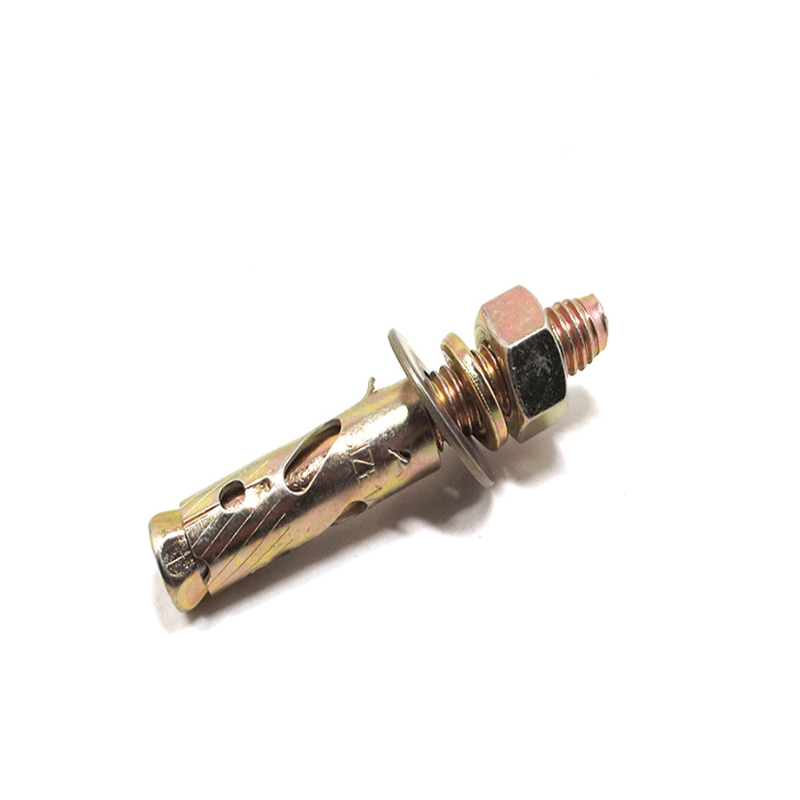
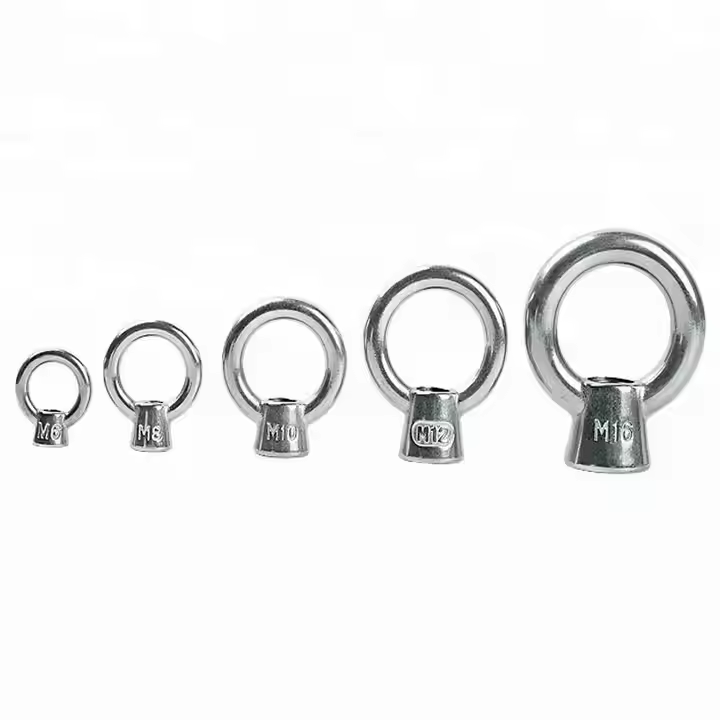


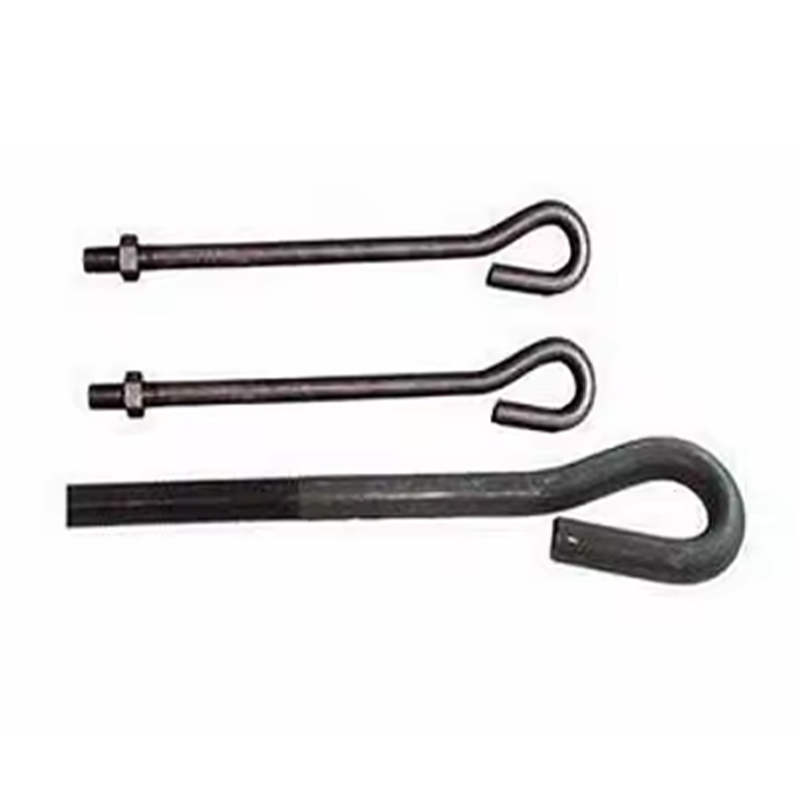
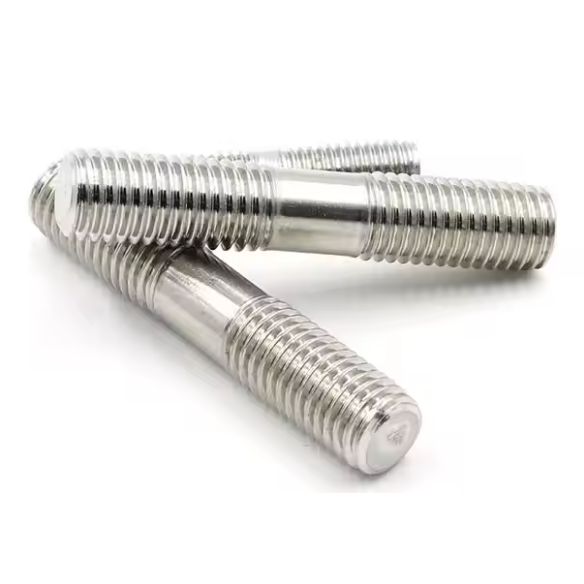

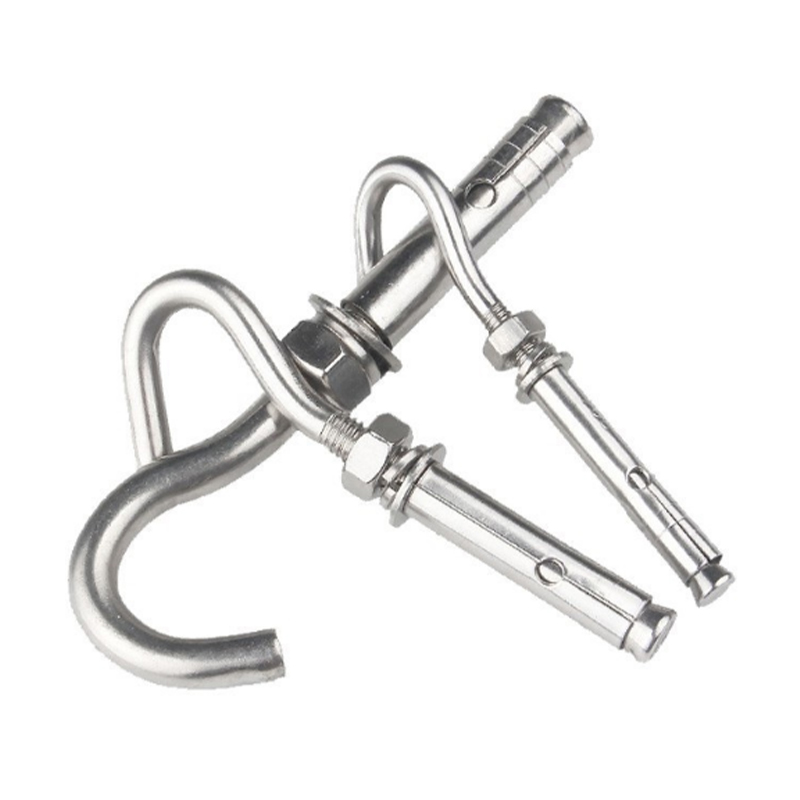


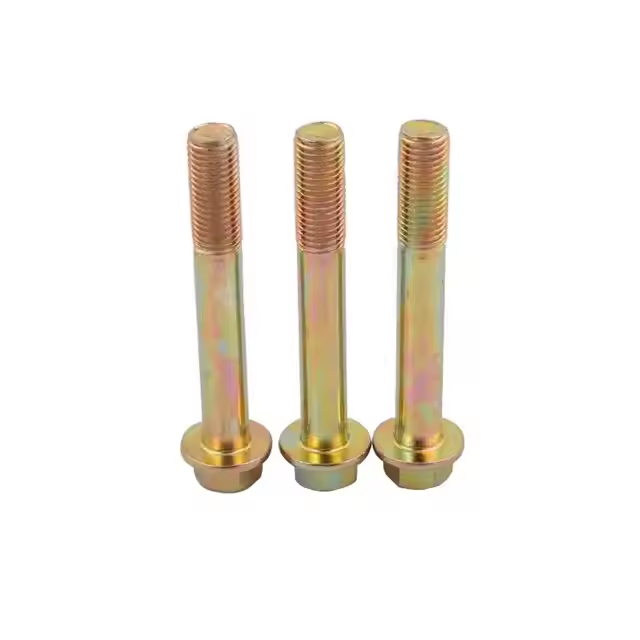
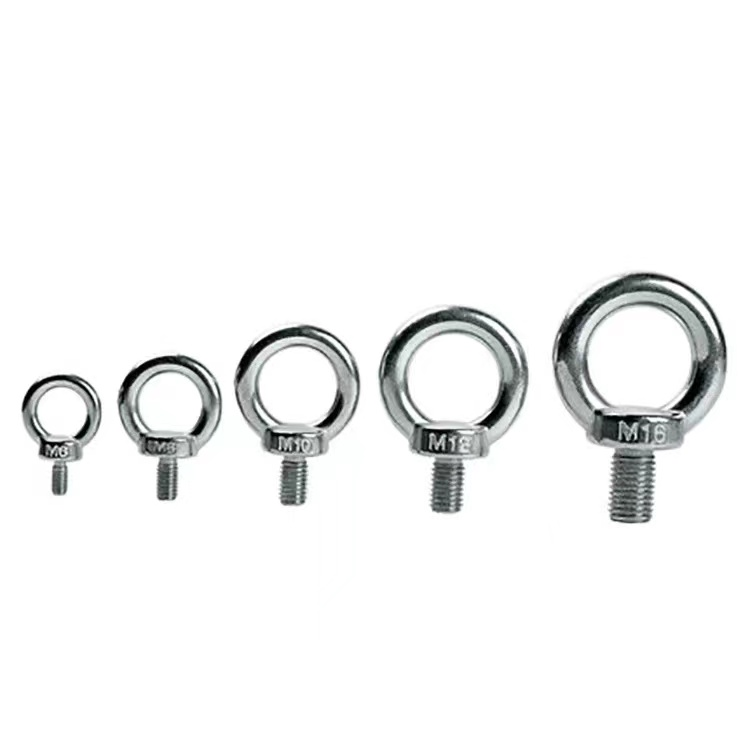
Please enter your email address and we will reply to your email.